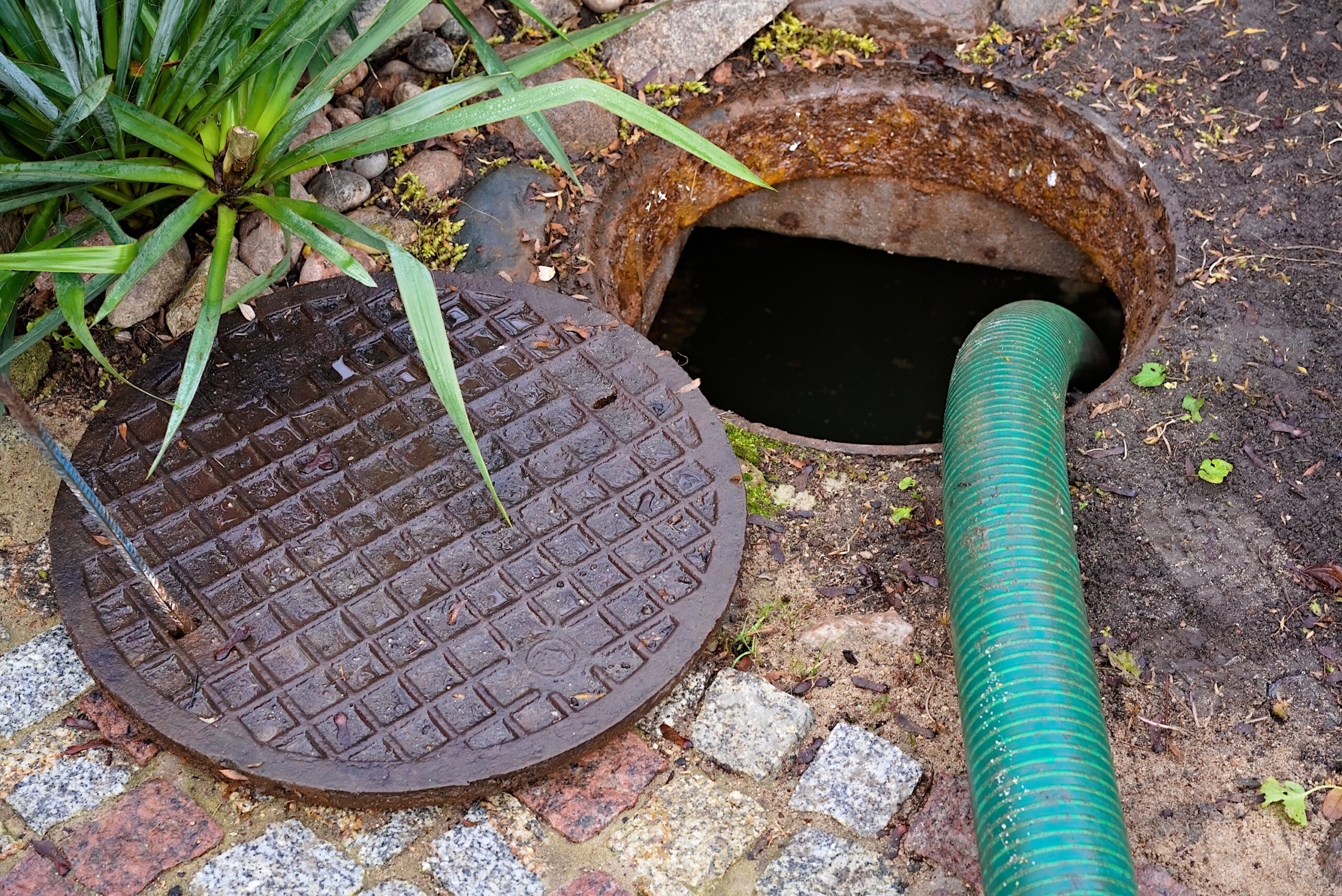Hawaii Act 125 requires that some 88,000 cesspools need to be upgraded by 2050. In 2017 the Hawaii congress passed this law. The law has many questions surrounding it. Prioritizing which cesspool applications get upgraded and how the project is funded are some of the largest issues. There have been discussions for decades and the persistence has finally paid off.
What is a Cesspool?
Humanity did not treat sewage in the early days. The sewage made its way into the streets. Europe invented Cesspools (cesspits) in the 16th century. Cesspools are large holes in the ground. A cesspool is also called a cesspit. These pits can range from a few feet in diameter to 20 feet in diameter. The depth of cesspools can range from a few feet to forty feet. Depending on the site conditions the pit may be lined or not lined. In loose soil, the pits will be lined with bricks or concrete blocks. In tight soil, the pits may not be lined. The overwhelming majority of cesspools do not have a bottom lining. The bottom is native soil. The raw sewage from the home flows directly into the pit.
How does a Cesspool Work?
The short answer of the effectiveness of a cesspool is not very well! A system with a septic tank treats the wastewater much better. The organic material is reduced by 40% – 60% in a septic tank. Because a cesspool does not have a septic tank all the wastewater treatment is done in the cesspool.
Without a septic tank, the wastewater contaminants easily flow into the soil surrounding the pit through the porous walls and bottom of the pit. For this reason, many states have begun the condemnation of cesspools. There are karst soils located all over the world. These soil types are very permeable and allow water to pass through them very rapidly. If a cesspool is installed in this soil type the wastewater can quickly mix with the groundwater and aquifers. The aquifers and groundwater are the source of drinking water and the environment such as lakes, rivers, and coastline.
Highly Permeable Soils
Hawaii has areas of highly permeable soils such as the Big Island. Because the soil is so permeable the wastewater travels through it quickly and reaches the drinking water and aquifers. Studies of these conditions have been done. The drinking water and aquifers near cesspools had higher concentrations of total suspended solids, BOD5 (organic material from cesspools), and total phosphorus. In the study, 70% of the collected groundwater samples had higher than normal Nitrogen and Phosphorus.
Karst Soils
/kärst/ – landscape underlain by limestone that has been eroded by dissolution, producing ridges, towers, fissures, sinkholes, and other characteristic landforms.
Karst landscapes have limited topsoil covering a soluble bedrock such as limestone. Over millions of years, the limestone wears away from surface water passing through it, opening direct paths for surface water to mix with groundwater. In non-karst landscapes, the surface water must pass through layers of soil. As it passes through the soil it is cleansed, removing constituents that are harmful to humans.
The Passive Septic System
By design, passive anaerobic cesspool septic systems of which have been installed in the Hawaii watershed, primarily rely on the soil beneath the drain field to cleanse the wastewater before it mixes with the sub-surface aquifer that the local water wells tap into. Because of the limited depth of the soil layer, pathogens can quickly mix with the aquifer and contaminate the water.
The same situation exists for the feed water into the coastal areas. Any cesspool septic system within the watershed of the ocean has a strong possibility of adverse effects on the water quality.
The Long Term Results
In general, mother nature does an excellent job of minimizing the effects of our pollution. When the ratio of clean water to contaminants is high, we do not experience the effects of the contaminants. As the ratio is reduced e.g., more contaminants for the same amount of clean water, we may start to witness changes in our environment. Most of these changes are subtle so they go on for years. When they hit their critical mass, we are puzzled by a catastrophic change in the environment.
The Environmental Effects of Cesspits
Significant reductions in contaminants in the aquifer reduce the risk of well water and surface water. The primary contaminants found in well water are E. coli bacteria and nitrates. The E. coli can cause severe gastral/intestinal problems and severe anemia or kidney failure, which can lead to death. High nitrate levels can cause “blue baby syndrome” which can be life-threatening to young children.
The Aerobic Treatment Solution
Domestic wastewater that flows into a cesspool septic tank contains both anaerobic bacteria (lives without oxygen) and aerobic bacteria (lives only in the presence of oxygen). Because a cesspool septic system contains no oxygen, the anaerobic bacteria dominate the environment, and the aerobic bacteria die.

When oxygen is provided to the cesspool septic system through controlled aeration the bacteria dominance is reversed. That is, the aerobic bacteria flourish and the anaerobic bacteria die. The oxygen-loving aerobic bacteria are 20X – 30X more effective at cleaning the contaminants from the wastewater.
Therefore, up to 96% of the contaminants are removed from the wastewater before it leaves the tank and is dispersed by the drain field. This results in a 2X – 3X reduction of contaminants entering the aquifer. When an aerobic treatment unit tank is installed between the home and the cesspool the wastewater treatment is significantly improved. After the installation of the Aero-Stream Eco-Nest™ aerobic treatment unit, 90% of the wastewater cleansing is done in the tank. The cesspool now becomes the effluent dispersal component and contamination of the groundwater and aquifer is eliminated.











